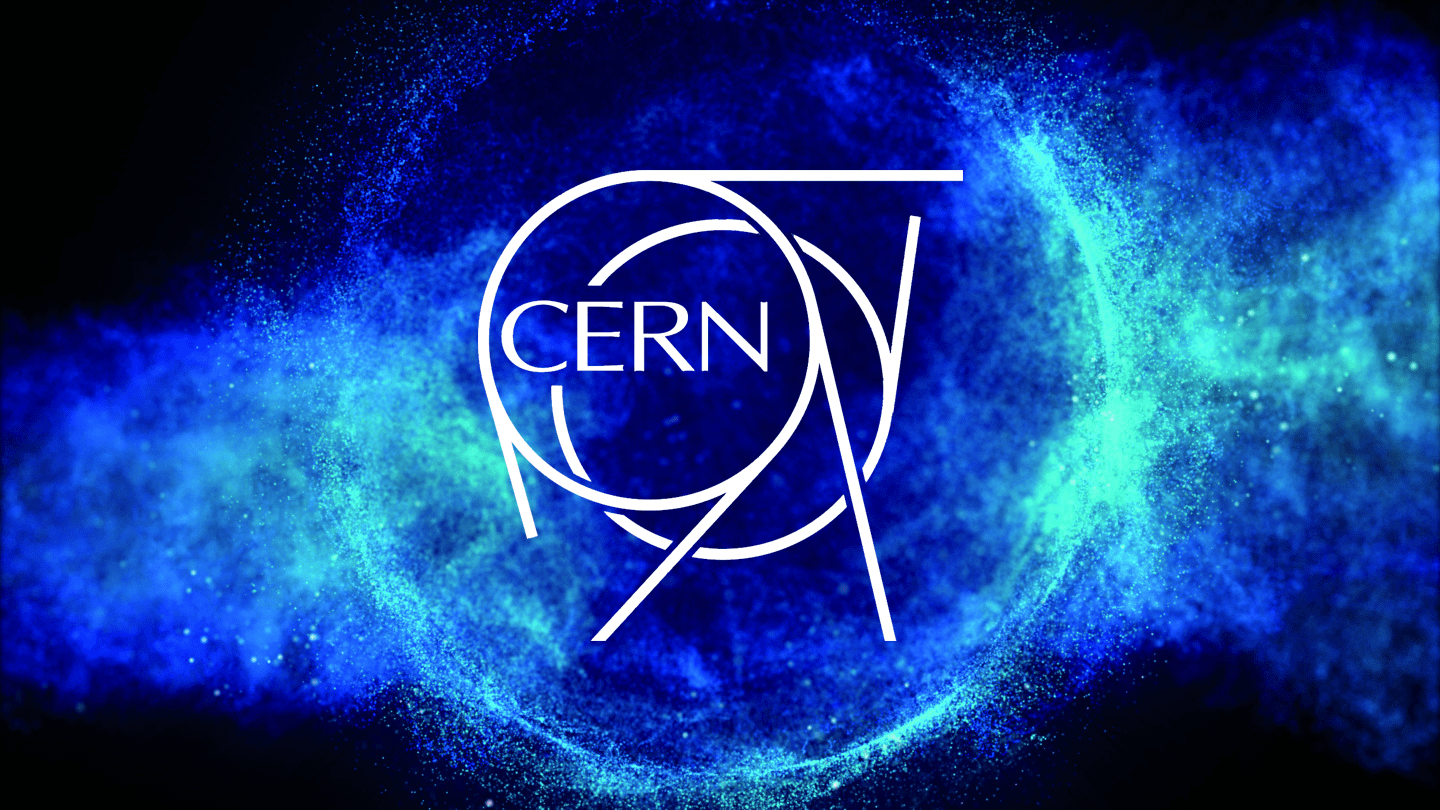What the Hell is... CERN?
Imagine a massive scientific playground where physicists and engineers come together to unlock the secrets of the universe. CERN, or the European Organization for Nuclear Research (Centre Européen pour la Recherche Nucléaire in French), is located near Geneva, Switzerland, and it’s home to some of the most advanced particle physics experiments in the world.
Established in 1954, CERN’s primary goal is to explore the fundamental particles that make up everything around us. It’s like a cosmic detective agency, trying to uncover the mysteries of matter, energy, space, and time. The most famous toy in their sandbox is the Large Hadron Collider (LHC), which is a colossal 27 kilometers (about 17 miles) in circumference and built 200 meters underground. This gigantic machine smashes protons together at nearly the speed of light, creating conditions similar to those just after the Big Bang.
But what’s the point of all this smashing? Well, by observing the particles produced in these collisions, scientists can probe the fundamental forces of nature, test theories, and search for new particles—like the elusive Higgs boson, which was finally discovered in 2012. This particle is crucial because it helps explain why other particles have mass, a fundamental aspect of our understanding of the universe.
I don't think he realised what they were doing at CERN would change the world this much. I think this is as big, if not bigger, than the printing press.— Wendy Hall on Tim Berners-Lee
Particles collide at high energies inside CERN's detectors, creating new particles that decay in complex ways as they move through layers of subdetectors. The subdetectors register each particle's passage and microprocessors convert the particles' paths and energies into electrical signals, combining the information to create a digital summary of the "collision event". Analysing data streams from detectors (with increasing data challenges) requires the collaboration of many, geographically distributed science teams.
The Large Hadron Collider produces unprecedented volumes of data. The raw data per event is about 1MB, produced at a rate of about 600 million events per second (600TB per second, or 50 000 PB per day (1 PB = 1,048,576 gigabytes)). Data streams from LHC increase with each upgrade, which requires constant innovation in tools and methods for stream analytics. Data analytics tasks and innovations are performed by distributed teams of scientists from institutes all over the world, with a variety of storage systems and processing tools. Because of this, one of the most important challenges is HEP (High Energy Physics) research is providing tools in this distributed environment for effective collaboration in Data Science.
CERN is not just about smashing particles; it’s also a hub for international collaboration. Scientists from all over the world flock there to work together, sharing knowledge and resources. It’s like the United Nations of physics, where researchers put aside their nationalities in pursuit of a common goal: understanding the universe.
Of course, with great power comes great speculation. CERN often finds itself at the center of conspiracy theories and wild claims—everything from fears of creating black holes to concerns about time travel. But in reality, it’s all about rigorous research and a commitment to expanding our knowledge of the universe.
In summary, CERN is a groundbreaking research facility dedicated to exploring the fundamental aspects of matter and the universe. With its 27-kilometer circumference and 200 meters underground, it’s a place where scientific curiosity reigns supreme, propelling humanity’s understanding of the cosmos forward. So next time you hear about CERN, remember: it’s not just a lab; it’s a gateway to the very fabric of reality.




